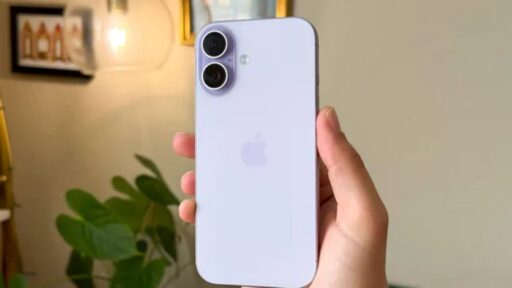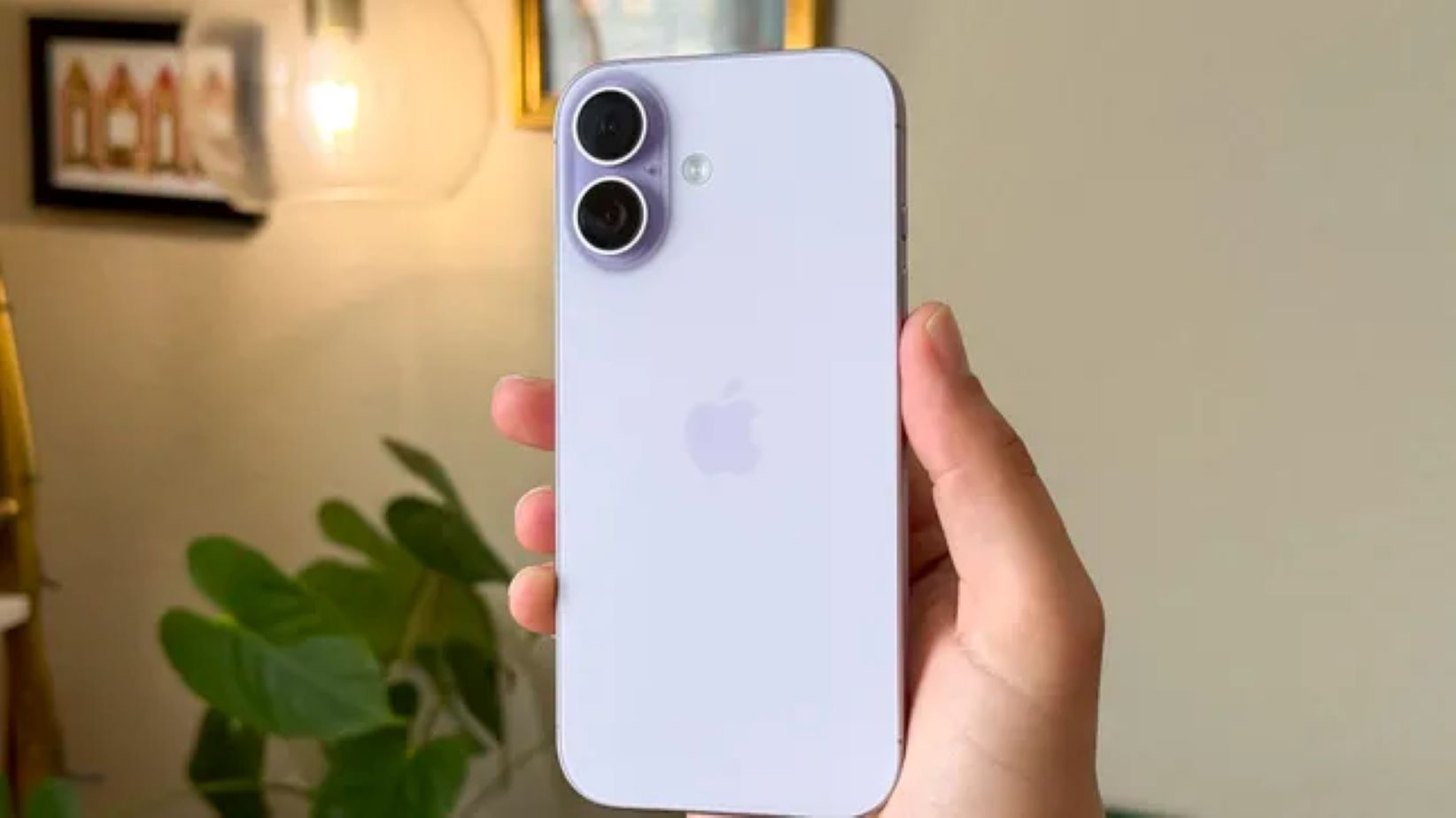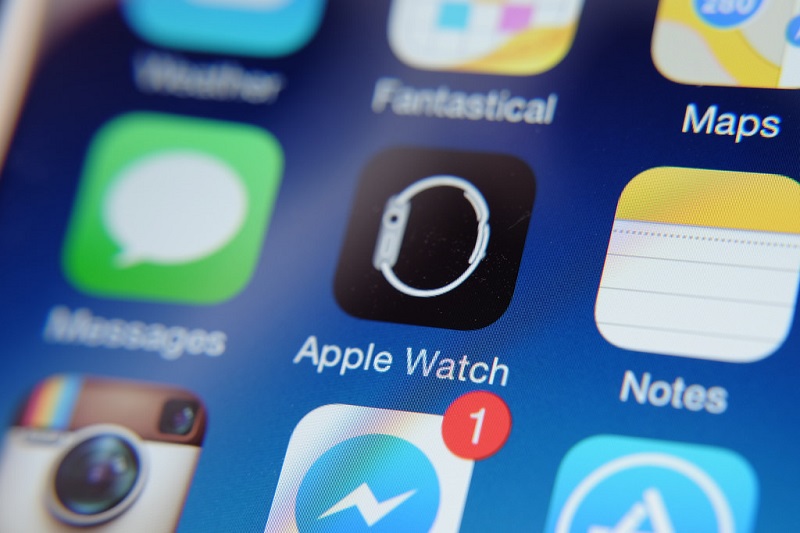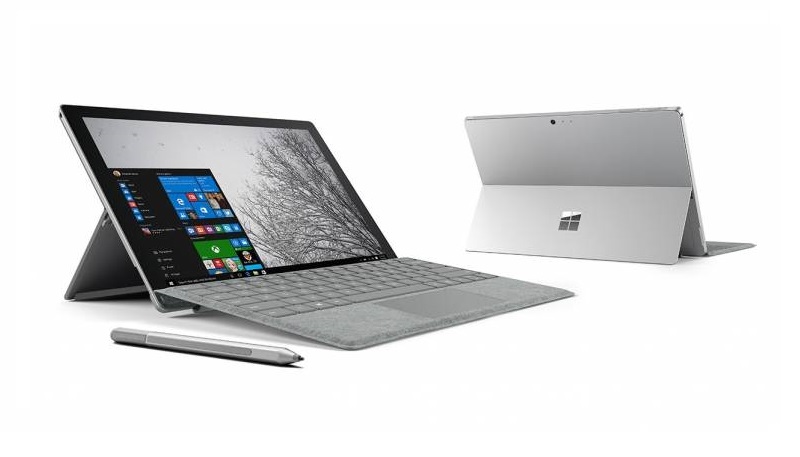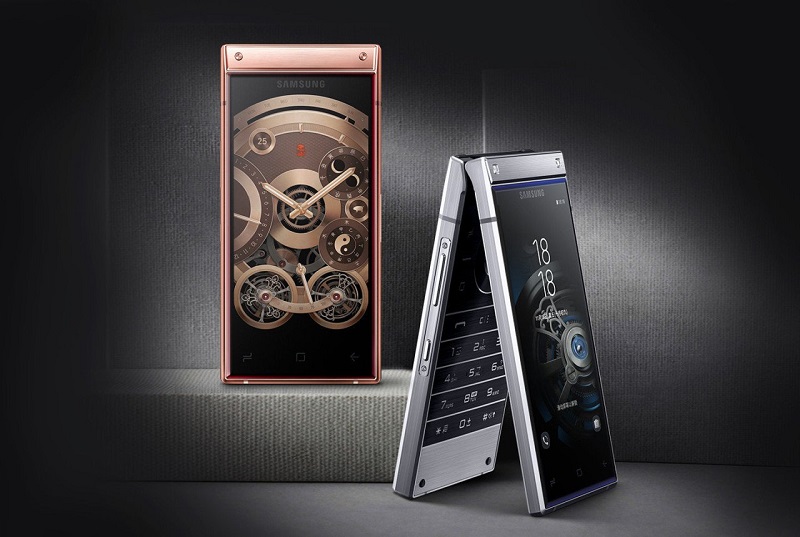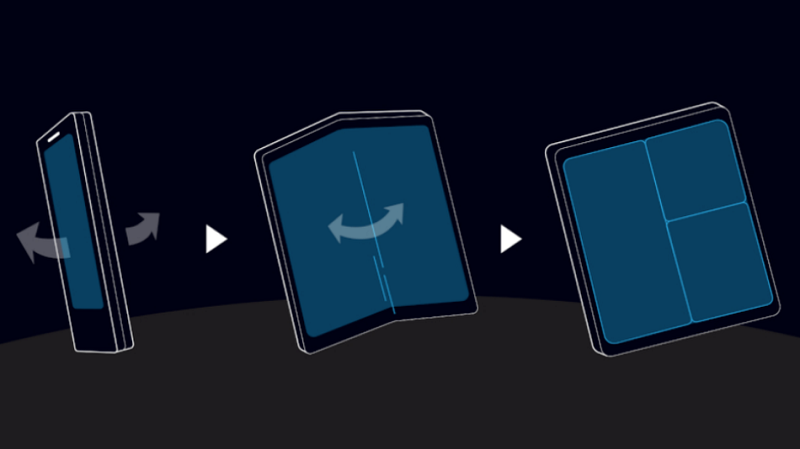For years, Apple has reserved its smoothest and most advanced display tech for the pricier “Pro” iPhones, nudging many buyers to stretch their budgets. But things could shift in 2025. Strong industry reports suggest the upcoming iPhone 17 lineup will finally bring a 120Hz ProMotion display to the standard models. If true, it could make the regular iPhone 17 the most logical choice for a majority of users, removing one of the biggest reasons people usually lean toward the Pro versions.
The reports are fairly consistent on a few big points:
- Both the iPhone 17 and iPhone 17 Plus are expected to get a 120Hz ProMotion display for the first time.
- This high-refresh-rate screen, which makes scrolling and animations feel silky smooth, has so far been exclusive to Apple’s Pro models.
- Analysts also expect a significant front camera upgrade, with a 24-megapixel sensor likely across the entire iPhone 17 range.
- For anyone who doesn’t really need professional-grade telephoto lenses, the iPhone 17 could deliver a near-Pro experience at a standard price.
The ProMotion display in particular has been the main reason buyers opt for Pro models. Right now, standard iPhones like the iPhone 15 and the expected iPhone 16 are still stuck with 60Hz screens. A 120Hz display refreshes twice as fast, making everything from scrolling through Instagram to gaming noticeably more fluid. Ross Young, a well-known display supply chain analyst, reports that Apple plans to bring this technology to all iPhone 17 models. If that happens, the most obvious difference between a standard iPhone and a Pro will shrink dramatically for everyday use.
But that’s not all. According to Ming-Chi Kuo, another highly regarded Apple analyst, the iPhone 17 will also introduce a new 24-megapixel front-facing camera. That’s a huge jump from the 12-megapixel sensors Apple has used for years. More megapixels generally mean sharper selfies, better detail in group photos, and improved video quality for FaceTime or WhatsApp calls. For millions of users who rely on their front cameras every day, this upgrade feels especially practical.
All of this creates an interesting situation for potential buyers. The iPhone 16, expected later this year, is shaping up to be more of a steady, incremental update for the standard models. So if you don’t urgently need a new phone right now, waiting another year could be worth it. The iPhone 17 looks like the point where Apple finally brings previously “Pro-only” features into the mainstream. By holding out, you’d likely get the smooth ProMotion display and a much-improved front camera without paying extra for a Pro model. At that point, the main Pro advantages may be reduced to things like a slightly faster processor and a telephoto camera system, features many casual users might never fully take advantage of anyway.
Frequently Asked Questions (FAQs)
Q. What is a ProMotion display?
A. ProMotion is Apple’s brand name for its display technology that offers an adaptive refresh rate of up to 120Hz. This means the screen can refresh up to 120 times per second for smooth motion but can also slow down for static content to save battery life.
Q. When is the Apple iPhone 17 expected to be released?
A. Following Apple’s typical release schedule, the iPhone 17 lineup is expected to be announced and released in September 2025.
Q. Will the iPhone 17 be more expensive?
A. While official pricing is unknown until release, the inclusion of more advanced components like a 120Hz display could lead to a small price adjustment. However, it will still be priced lower than the iPhone 17 Pro models of the same year.
Q. Should I buy the iPhone 16 or wait for the iPhone 17?
A. If your current phone is working well and the idea of a much smoother display and better selfie camera is appealing, waiting for the iPhone 17 could be a wise decision. If you need a new phone urgently, the iPhone 16 will still be a capable device.
Q. Who are Ross Young and Ming-Chi Kuo?
A. Ross Young is the CEO of Display Supply Chain Consultants (DSCC) and Ming-Chi Kuo is an analyst at TF International Securities. Both are highly regarded industry experts known for their accurate predictions about future Apple products based on supply chain information.

